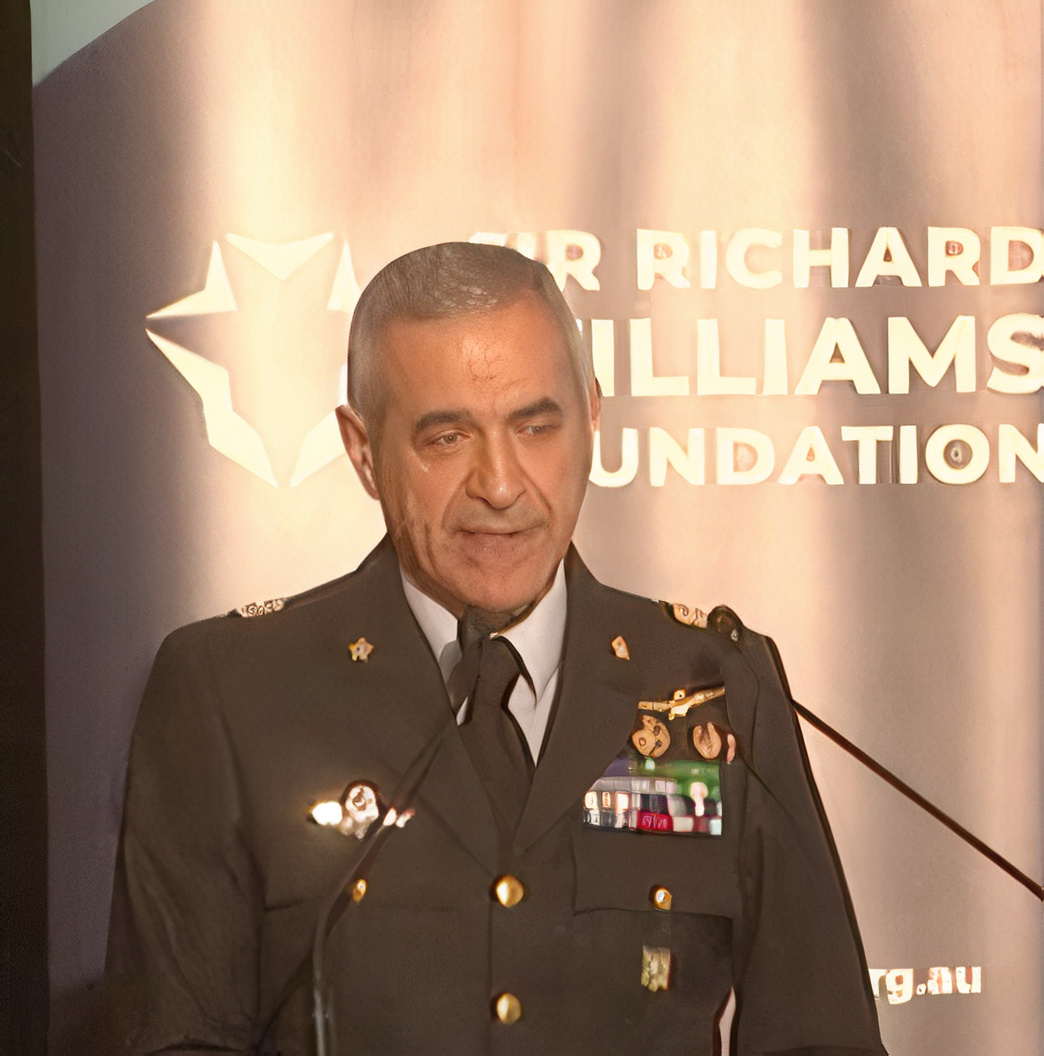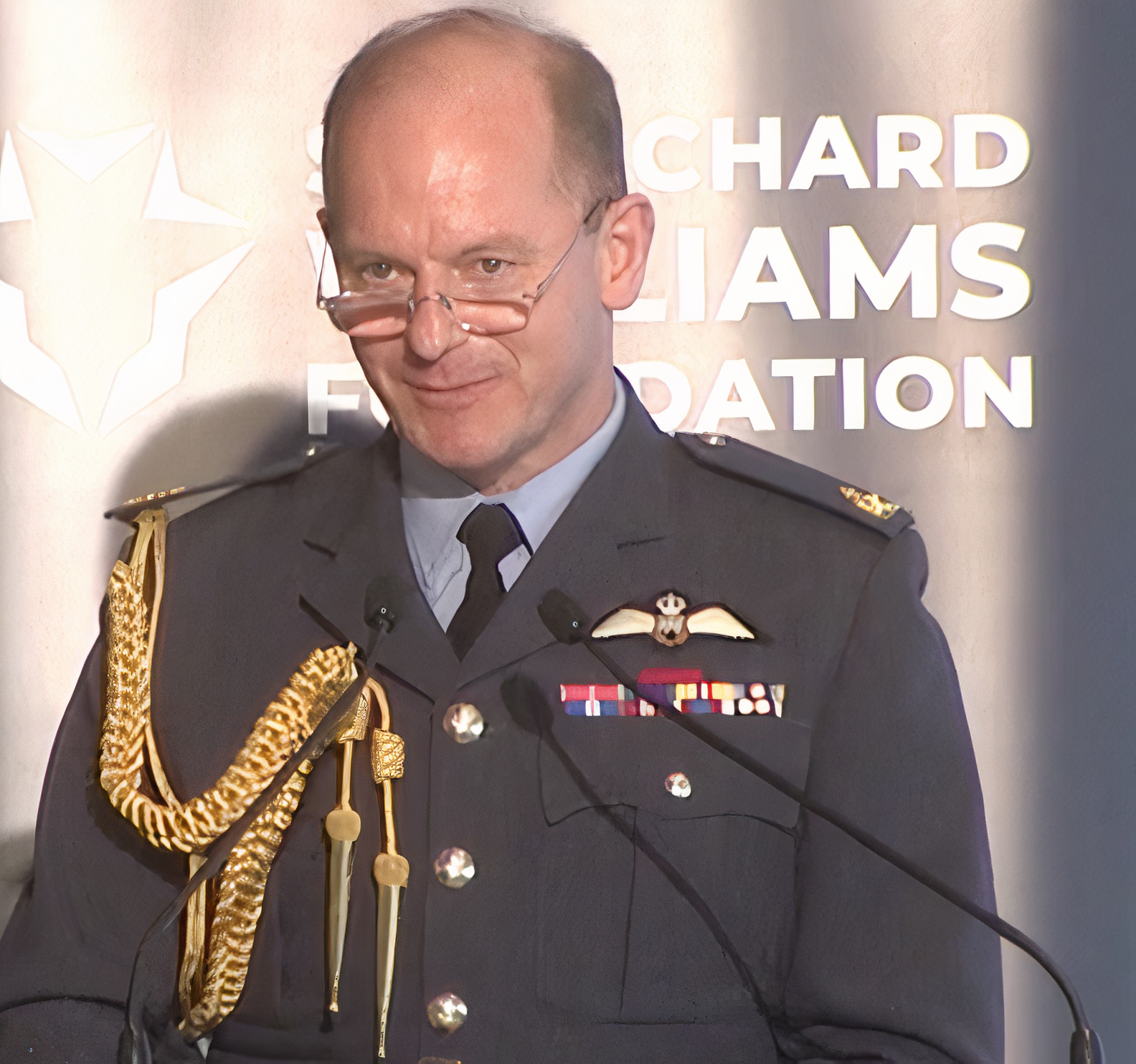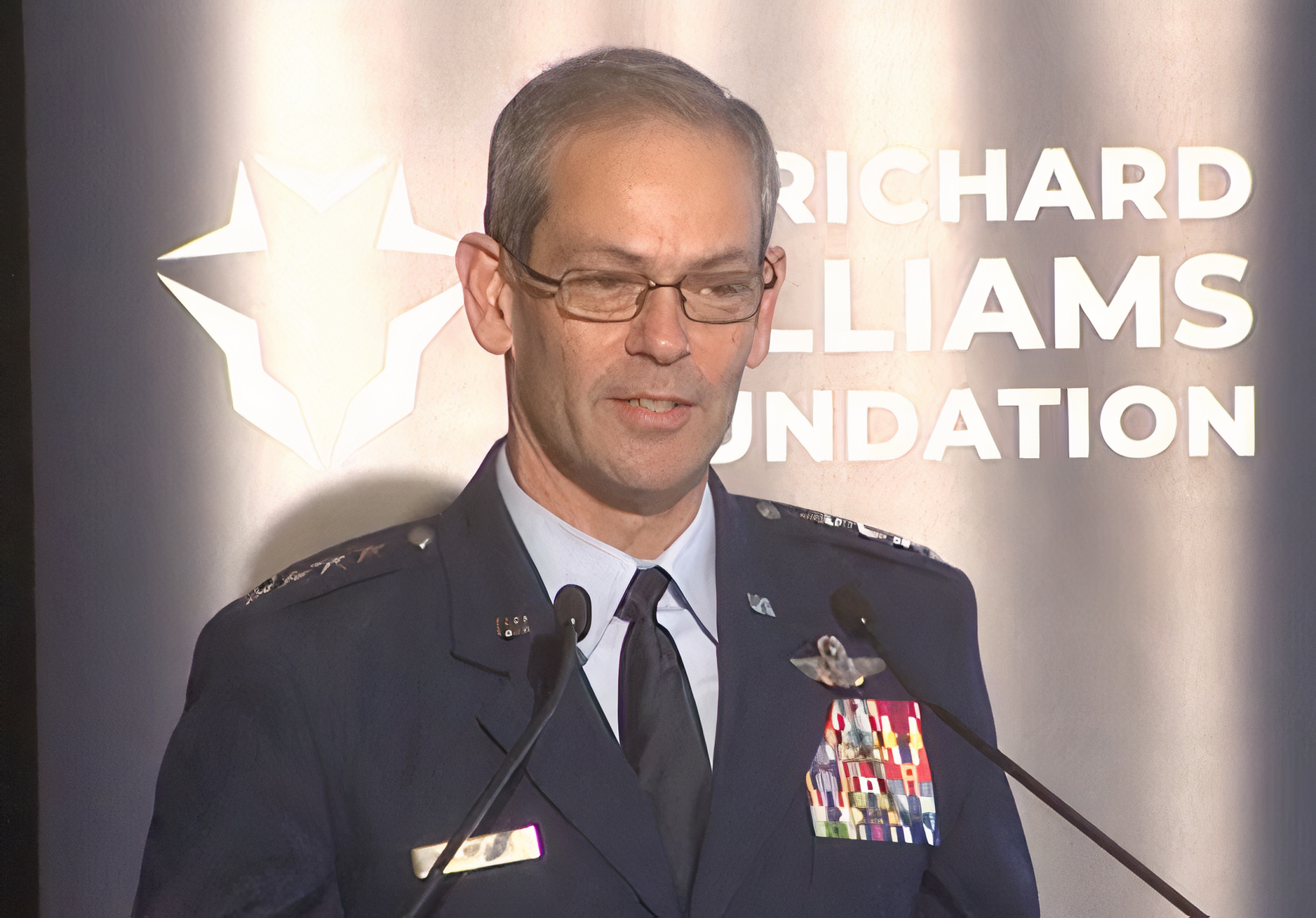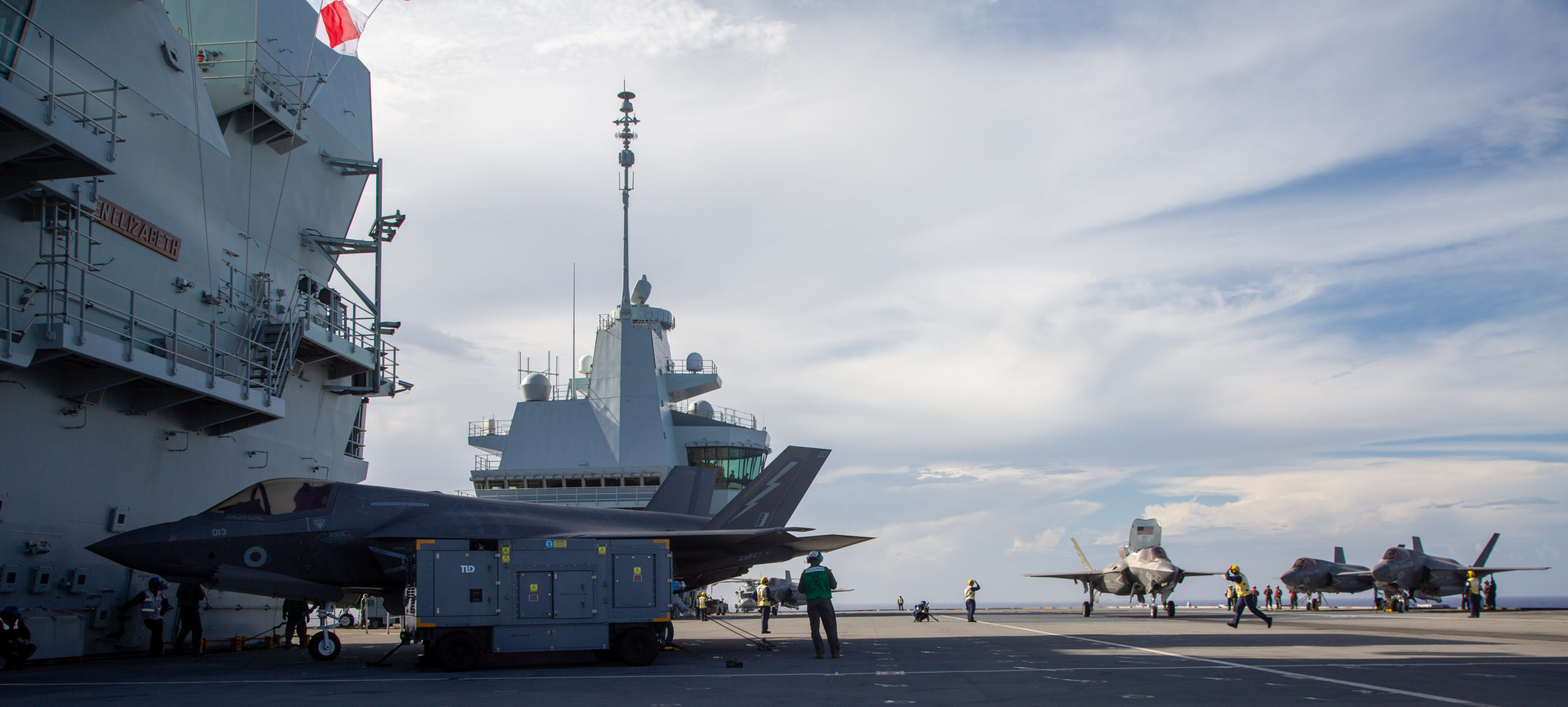By Robbin Laird
The March 24, 2022, Williams Foundation Seminar on “Accelerating the Transition to a Networked, Integrated Force” provided perspectives of core allies of Australia which assessed the state of current affairs with regard to such a force and providing insights with regard to the way ahead.
Because the seminar was held in the same week as the RAAF’s Air and Space Power Conference 2022 (entitled “Resilience and Innovation in Air and Space,” there was a clear opportunity to leverage that conference for the benefit of the Williams Foundation Seminar.
At that conference, the Australian Minister for Defence Peter Dutton announced the establishment of the Defence Space Command, a subject which was treated in significant detail in the last Williams Foundation seminar held last year, entitled “Requirements for Sovereign Defence Capability.”
At the Williams Foundation seminar, two American officers spoke, General Kenneth Wisbach, Commander Pacific Air Forces and LtGen Steven Rudder, Commander, U.S. Marine Corps Forces, Pacific and Commanding General Fleet Marine Force, one British officer, Air Chief Marshal Sir Michael Wigston, Chief of the Air Staff, Royal Air Force, and Lt. General Aurelio Colagrande, Italy Deputy Chief of Air Force.
I will deal with each of their presentations in separate articles, but will focus here on the general takeaways from their presentations taken collectively.
First, either discussed directly by the speakers or assumed in their analyses was the changing nature of the strategic environment, and the need for significantly enhanced ready forces while transformation towards a more integrated force was underway. It is not just about possessing a small number of sophisticated platforms, or even integrated sophisticated platforms, it is about effective decision making in a contested environment.
Second, working ways to enhance how the operating forces work together now is a foundation for shaping a way ahead. Lt. General Aurelio Colagrande highlighted the successful efforts to enhance Eurofighter deployed integration in delivering enhanced combat capability in operating airpower in the Baltic region as one key example.

Third, LtGen Rudder highlighted how the Marines, the first to operate the F-35, had evolved their capabilities to operate afloat and ashore with allies, such as demonstrated in recent Pacific exercises or “rehearsals” as he called them with the United Kingdom and their Queen Elizabeth carriers.
The USMC and the UK have worked for many years on air combat integration first in the United States and then in the UK and elsewhere for their F-35s. Training the maintainers and the pilots for both forces from the ground up has delivered unique integrated capabilities and is suggestive of the kind of integration which is possible if training and operations are brought more closely together.

The RAF Chief of Staff underscored how he saw this process, highlighted by the MARFORPAC Commander:
“I can’t think of a better example of multi-domain integration than the UK carrier strike group that deployed last year in the Indo-Pacific region, as far as Japan. It brought to life, the deeper UK focus on the Indo-Pacific, a region the Integrated Review identified as critical to our economy, our security, and our global ambition to support an open and resilient international order.
“At the heart of that carrier strike group, of course, is our ability to operate fifth generation combat aircraft from the sea. Lightning is a phenomenal war fighting machine, from land or sea. And last year 617 Squadron Royal Air Force and VMFA-211 from the US Marine Corps demonstrated that enormous utility from the Royal Navy’s HMS Queen Elizabeth.”
Fourth, in discussing the Integrated Review, Air Chief Marshal Sir Michael Wigston highlighted a number of key developments suggestive of the broader approach of the allies in working force integration.
This is how he put the significance of the C2 and ISR efforts in providing for such an outcome:
“To operate and fight together, we need to connect together. That functioning interoperable digital C2 network is one of the most important technological challenges we all share. And after many years observing PowerPoint slides with lightning bolts connecting platforms, I am delighted to say that it is something that we are on the threshold of delivering at long last in the real world too.

“This is the combat cloud. We’ve long talked about, brought to life. Data from every sensor on any platform in the operating space, processed in real time, at the edge into useful information, flagged to any user with a need for that information, accessed remotely, fused with what is already known to give of situational awareness at any level and enabling better decisions than our adversaries, all executed at the speed of light.”
Fifth, the PACAF Commander, General Kenneth Wisbach, focused much of his presentation on how to shape a way ahead for force connectivity, notably in regard to how the USAF is addressing what it calls Joint All-Domain Command and Control (JADC2).
But as an operational commander, he did not focus primarily on the long-term vision, but on how to get enhanced warfighting capability now with regard to the operating forces.
A key example he provided of what is the current focus and reality was his discussion of the recent Cope North 22 exercise.
“We focused on network integration during our recent Cope North 22 dynamic force employment exercise alongside Australia and Japan. Cope North allowed us to build our tactics, techniques and procedures in support of agile combat employment, or ACE, our operational concept that projects air power via network of distributed operating locations throughout the Indo-Pacific. The Australian air force, as well as the Japanese air force were both experimenting with ACE as well as the USAF.

“During the exercise, we executed 2000 sorties across seven islands and 10 airfields demonstrating operational unpredictability and redundant C2 that enabled rapid employment of fourth and fifth generation air power. Our assessment of the exercise showed that we were able to finer interoperability as we work toward the achievement of a networked force with our allies and partners.”
In short, the demand to fight tonight requires operational innovation delivered in the near to mid-term, not just in some abstract future. In fact, that future may never arrive.
As we are seeing in Europe, some were prepared and many were not for the stark reality of what 21st century authoritarian powers are about in world where globalization was assumed to eliminate such events. Peter Jennings referred in his insightful presentation at the seminar that Germany has had its “German moment” in being shocked into reality. We shall see but the challenge is to deliver credible force now in decision-making environment where the 21st century authoritarian powers take seriously what the West is doing.
It is not about a power point presentation deck of what a credible future force might look like in a distant future.
The featured photo: U.S. Marine Corps Capt Craig Turner prepares to launch an F-35B from HMS Queen Elizabeth in the Pacific Ocean on August 20, 2021. The operation highlighted the interoperability of the F-35B and the strategic importance of the joint integration between the United Kingdom Carrier Strike Group and the U.S. Navy Amphibious Ready Group / Marine Expeditionary Unit. This mission was the first time in modern history the United States has cross-decked aircraft for a mission utilizing a foreign aircraft carrier, demonstrating naval partnerships in action.
For the first piece in this series on the Williams Foundation March 24, 2022 seminar, see the following:


